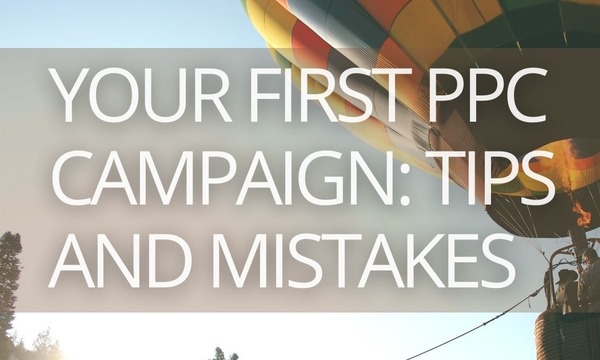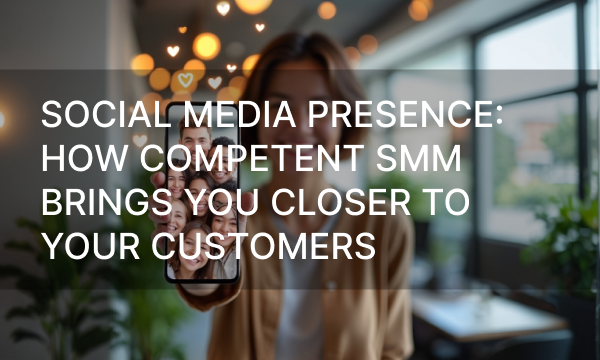Your website is finally fully optimized. Your articles include carefully chosen keywords, relevant insights, and structural elements designed to meet search engine requirements. Yet, despite these efforts, you may have noticed a steady decline in website traffic, even when your pages rank well in search results.
The reason lies in how people now interact with search engines. Neural networks are rapidly reshaping how content is surfaced and consumed, often bypassing traditional SEO practices. A prime example is Google’s AI Overviews, which scan through content and deliver short, ready-made summaries that answer user questions immediately.
So, were all your SEO efforts in vain? Not necessarily. But the landscape has changed, and adaptation is essential.
Using AI for Marketing
AI is no longer a niche tool – it has become central to how businesses operate across industries. It handles routine tasks, speeds up workflows, and creates new opportunities for content generation. From simple automation to complex predictive modeling, AI is steadily positioning itself as an indispensable business asset.
In marketing specifically, AI is already widely applied. Its uses are expanding rapidly, but some of the most impactful include:
- Predicting customer behavior
- Automating campaigns
- Sales analytics
- Hyper-personalized content
- Chatbots and virtual assistants
- Optimizing sales funnels
The benefits are clear: AI reduces costs, speeds up processes, and allows marketers to shift their energy toward creative, human-centered tasks like customer engagement, idea generation, and storytelling.
However, AI in marketing comes with important limitations. Common challenges include:
- Ongoing training requirements: without continuous updates, AI can make decisions based on outdated or irrelevant data.
- Limited creativity: AI relies on existing information and lacks imagination, making it difficult to produce truly original ideas.
- Contextual misinterpretation: without critical thinking, AI can misread nuances, leading to inaccurate conclusions.
- Dependence on fresh data: to remain useful, AI outputs must be monitored and adjusted regularly.
- Algorithmic bias: poor training data can result in skewed or unbalanced insights.
- Over-reliance on technology: heavy dependence on AI leaves businesses vulnerable to technical disruptions.
- Weak strategy from poor oversight: if humans neglect to monitor AI outputs, marketing strategies may become ineffective.
AI should therefore be seen as a powerful assistant, not a replacement for human oversight. It can enhance efficiency, but its outputs must be managed and refined by people.
SEO Is Getting Harder
SEO has always been a balancing act: content must both engage readers and satisfy search engine algorithms. But with AI-driven summaries increasingly dominating results, this balance is shifting.
Even if your article once ranked on page one, it may now be buried below AI-generated snippets that satisfy the user’s query instantly. If readers no longer scroll past summaries, your carefully researched content risks being overlooked entirely.
AI-Summaries and How to Appear in Them
AI-powered summaries now play a crucial role in search results. Many users stop reading after the summary, especially if it feels complete and reliable. This means your content must be formatted so that AI systems can easily extract and feature it.
AI tends to exclude articles not because they lack value but because they are technically difficult to parse. Common reasons include:
- Poor structure or unclear organization.
- Lack of quotable, concise statements.
- Walls of text without headings, subheadings, or formatting cues.
- Overuse of jargon or overly complex wording.
To improve your chances of being included in AI summaries, consider:
- Using structured data and markup: mark up your content so AI can identify key sections like product descriptions, guides, or FAQs. Without tags, AI views your page as an undifferentiated block of text.
- Breaking text into clear sections: well-organized content is easier for both humans and machines to digest. Use headers, bullet points, and logical segmentation.
- Checking for “humanness”: even human-written text can read as flat or mechanical. Edit to add natural phrasing, variety, and energy.
- Creating quotable fragments: summarize key points in short, digestible sentences. FAQs, highlighted insights, and key takeaways are especially useful.
- Linking related topics: with keywords losing influence, relevance is increasingly determined by how your content connects with other topics. Use internal links and LSI (latent semantic indexing) keywords to demonstrate breadth and context.
7 AI Tools for Advertising
Several AI tools already stand out for their ability to improve efficiency and creativity in marketing:
- Albert AI
Automates and optimizes marketing campaigns by analyzing large datasets. It requires minimal supervision once configured.
- Runway ML
A leading text-to-video generator that creates professional clips, saving time and costs. It allows marketers to edit visuals, add elements, and produce multiple variations of a video concept.
- LTX Studio
Specializes in cinematic, storytelling-driven video generation, producing high-quality clips with speed and consistency.
- Descript
Primarily a video and audio editor, enhanced with AI features for noise reduction, gap removal, and sound leveling, making editing faster and smoother.
- Pecan.ai
Simplifies predictive analytics by allowing non-technical users to build and train machine learning models for more accurate forecasting.
- Brandwatch
A long-standing analytics platform that gathers and categorizes vast amounts of online data—from reviews to social media—using AI to uncover consumer insights.
- Evolv.ai
An advanced A/B testing tool that runs multiple experiments simultaneously, speeding up optimization compared to traditional methods.
The Future of Marketing With AI
AI is becoming unavoidable in marketing. Tools are advancing quickly, offering increasingly accurate insights and powerful automation. Businesses that resist integration risk falling behind, while those that adapt can gain efficiency, creativity, and relevance.
Still, it’s critical to remember that AI is only a tool. Its outputs require human creativity, oversight, and strategy to generate true value.
In Summary
AI-driven summaries are changing how users consume search results. Many now stop at the overview, bypassing traditional links. To maintain visibility, brands must adapt by structuring content for easy extraction and ensuring their work appears in summaries.
AI can simplify marketing, but it cannot replace human judgment. By combining technical adjustments with creative oversight, businesses can thrive in this new era of SEO.



